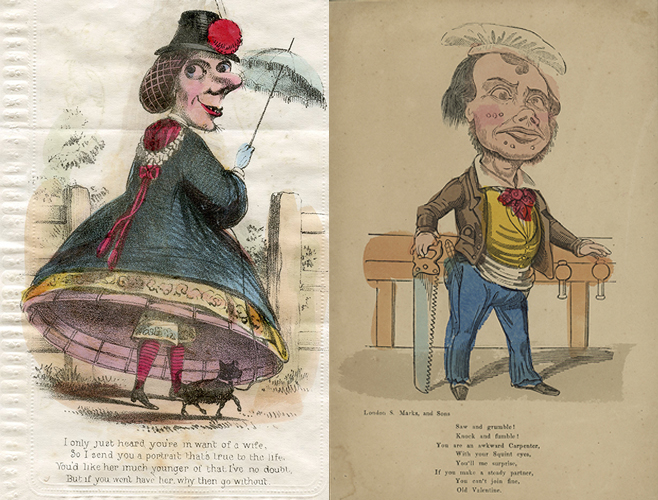News | Friday, 25th January 2019
Complex website language for credit card and payday loans could lead people into higher debt
First known consumer finance readability analysis can improve guidelines and standards

Credit card websites include too much financial terminology, are too difficult to understand and could be causing people to borrow beyond their debt capacity, according to new research at Manchester Metropolitan University alongside the University of East Anglia.
A review of 31 webpages from payday lenders, personal loans and credit cards in the UK shows that these lenders would not pass basic tests for readability on their webpages.
Certain industries are governed by strict readability guidelines such as those for medical products that include over-the-counter drugs. However, the UK finance regulator, the Financial Conduct Authority (FCA), takes a lighter approach, leading the researchers to ask – why should consumer finance be more difficult to understand than the wording that accompanies everyday items like a box of Paracetamol?
Crucial research
Dr John Fry, Senior Lecturer in Statistics and Financial Mathematics at Manchester Metropolitan, worked alongside Matt Burke, a Postgraduate Researcher at the University of East Anglia.
Dr Fry said: “The UK is the world’s second largest market for payday loans after the United States and around 60% of the UK adult population also owns at least one credit card. With evidence that online lending dominates the market, research that suggests an association between financial literacy and the selection of costly debt poses uncomfortable questions.”
The researchers ‘scraped’ through the homepage of the websites for readable text using three different methods. The results were published in the journal Economics Letters.
In one instance, academics counted words per sentence and the percentage of complex words used to find the Fog Index – a calculation that reflects the number of years in education a person can be expected to have to be able to comprehend the text.
For text to be comprehensible to a wide audience it is recommended to achieve a Fog Index score of less than 12. For example, the New York Times has a Fog Index of around 11 to 12 – a level similar to that of a person prior to attending university.
Statistical results showed that payday loans websites are consistent with this basic readability metric but that personal loans and credit card websites both violate this criterion.
Unacceptable
Dr Fry added: “These websites would also not be considered an acceptable communication standard in medicine. This can have serious negative social outcomes, such as poor pension planning, the selection of costly debt and individuals borrowing beyond their debt capacity.”
The researchers also found that it may be the case that the readability of the webpage negatively correlates with cost of products. For example, the higher the cost of a product the easier the page is to read and understand, but the lower the cost of the product the harder it may be for a customer to understand and this could be the reason people select higher cost of debt options.
However, it may also be true that the most vulnerable consumers may have little alternative choice over the ways in which they access funds.
This research will now provide financial regulators with the first known measurement of readability in consumer finance in order to improve guidelines and standards – something that is currently considered under-explored.




